Home>Renovation & DIY>Home Renovation Guides>What Are The Eaves Of A House?
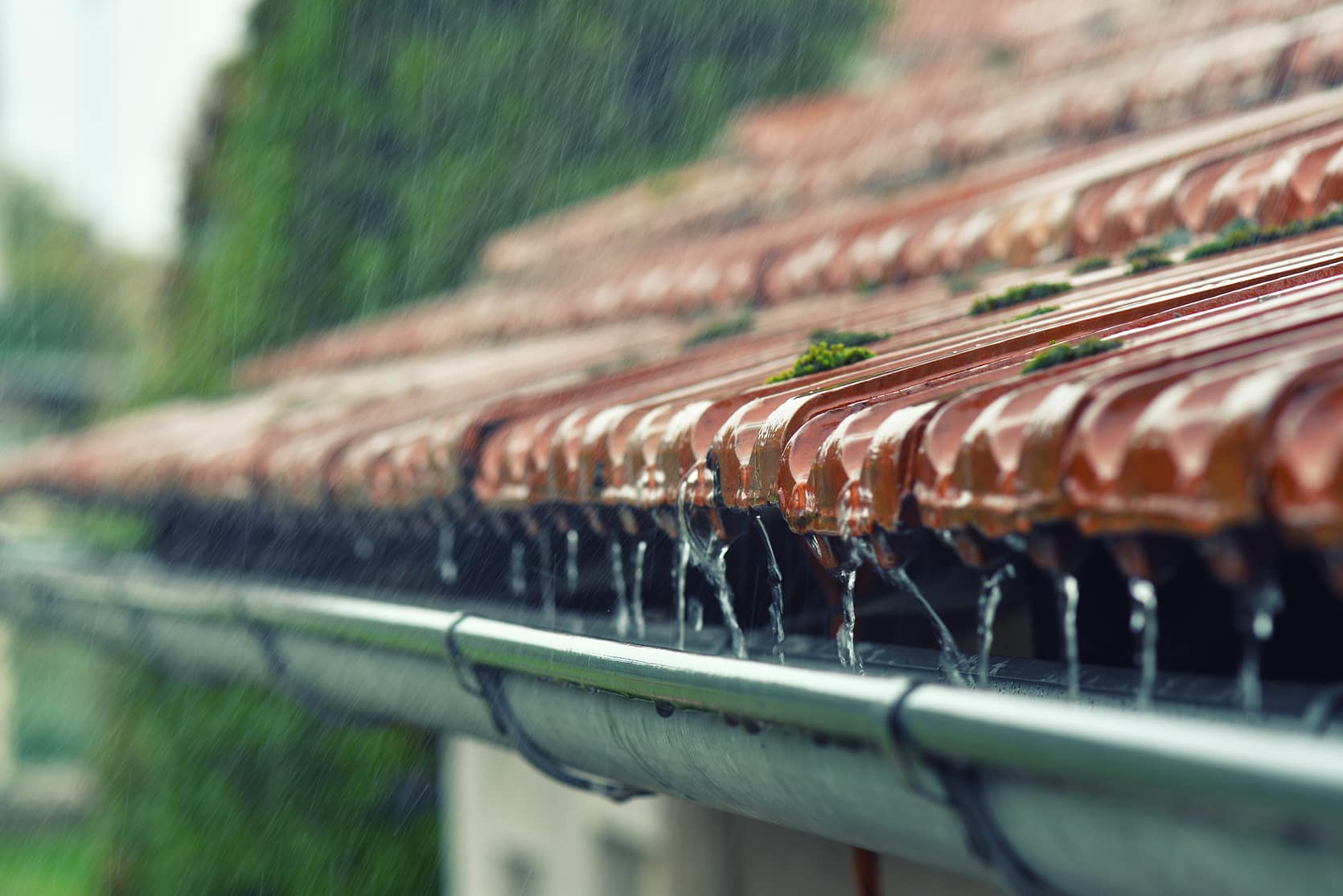

Home Renovation Guides
What Are The Eaves Of A House?
Published: February 2, 2024
Learn about the importance of eaves in home renovation projects with our comprehensive guide. Discover how eaves can enhance the aesthetics and functionality of your house.
(Many of the links in this article redirect to a specific reviewed product. Your purchase of these products through affiliate links helps to generate commission for Storables.com, at no extra cost. Learn more)
Introduction
When it comes to the architectural anatomy of a house, the eaves play a crucial role in both functionality and aesthetics. The eaves are not just a decorative feature but serve a practical purpose in protecting the structure from the elements. Understanding the significance of eaves in a house can provide valuable insights for homeowners and enthusiasts of home renovation and design.
The eaves of a house are often overlooked, yet they are an integral part of the overall structure. They not only contribute to the visual appeal of a home but also serve as a protective shield against various environmental factors. From shielding the exterior walls from rain and snow to providing shade and reducing solar heat gain, the eaves play a multifaceted role in maintaining the integrity and comfort of a house.
In this comprehensive guide, we will delve into the definition, functions, types, and importance of eaves in house design. By exploring the various aspects of eaves, readers will gain a deeper understanding of their significance and the impact they have on the overall functionality and aesthetics of a house. Additionally, we will discuss the essential maintenance practices to ensure the longevity and effectiveness of eaves in preserving the structural integrity of a home.
As we embark on this exploration of eaves, it is important to recognize their often underestimated role in the architectural landscape of a house. By shedding light on the intricacies of eaves, we aim to provide a holistic perspective that empowers homeowners and enthusiasts to make informed decisions regarding their homes' design, maintenance, and renovation. Let's unravel the mysteries and marvels of eaves, and discover the hidden gems of architectural ingenuity that lie just beneath the roofline.
Key Takeaways:
- Eaves are more than just decorative – they protect homes from rain, snow, and sun, and add character to the building. Regular maintenance is key to preserving their functionality and the overall well-being of the house.
- Understanding the different types of eaves can provide valuable insights into the diverse expressions of architectural creativity and design preferences. From closed to decorative eaves, each type contributes to the unique character and identity of a house.
Read more: How To Repair Eaves On A House
Definition of Eaves
The eaves of a house refer to the lower edges of the roof that overhang the exterior walls. This architectural feature is situated at the junction where the roof meets the walls, creating an essential transition zone that serves both functional and aesthetic purposes. The eaves typically extend beyond the walls, forming a protective canopy that shields the building from the elements.
Eaves are characterized by their horizontal projection, which creates a subtle yet impactful architectural detail. This projection not only adds visual interest to the roofline but also serves as a practical element in managing rainwater, preventing it from directly cascading down the walls. By providing a generous overhang, the eaves help to direct rainwater away from the building's foundation, minimizing the risk of water infiltration and potential structural damage.
In addition to their protective function, eaves also contribute to the overall character and style of a house. The size and design of the eaves can vary significantly, ranging from minimal overhangs to elaborate extensions that enhance the architectural appeal of the structure. Furthermore, the eaves play a crucial role in defining the silhouette of a house, adding depth and dimension to its exterior profile.
From a historical perspective, the concept of eaves has evolved over time, influenced by cultural, climatic, and architectural factors. In traditional Japanese architecture, for example, the eaves are often characterized by deep overhangs, serving as a practical solution to provide shade and protection from the elements. Similarly, in Mediterranean regions, where hot and sunny climates prevail, the design of eaves is tailored to offer shade and mitigate solar heat gain, contributing to the comfort of the inhabitants.
In essence, the eaves of a house represent a harmonious marriage of form and function, blending practicality with aesthetic appeal. By defining the transition between the roof and walls, eaves play a pivotal role in safeguarding the structural integrity of a building while adding a touch of architectural elegance to its exterior. Understanding the definition and significance of eaves provides a foundational insight into the intricate interplay between design, functionality, and environmental adaptation within the realm of architectural elements.
Functions of Eaves
The functions of eaves extend far beyond their visual appeal, encompassing a diverse range of practical and protective roles that contribute to the overall well-being of a house. These essential functions are intricately woven into the fabric of architectural design and environmental adaptation, serving as a testament to the ingenuity and foresight of builders and designers throughout history.
1. Rainwater Management
Eaves play a pivotal role in managing rainwater, effectively diverting it away from the exterior walls and foundation of a house. By providing a generous overhang, the eaves prevent rainwater from directly cascading down the walls, minimizing the risk of water infiltration and potential structural damage. This function is particularly crucial in regions with heavy rainfall, where effective rainwater management is essential for preserving the integrity of the building.
2. Protection from the Elements
In addition to managing rainwater, eaves offer protection from various environmental elements, including snow, sleet, and intense sunlight. By creating a protective canopy over the exterior walls, eaves shield the building from the direct impact of these elements, reducing the wear and tear caused by prolonged exposure. This protective function contributes to the longevity of the building's exterior surfaces and structural components.
Read more: How To Extend Eaves On A House
3. Solar Heat Regulation
Eaves play a significant role in regulating solar heat gain within a house. By strategically positioning the eaves to provide shade during peak sunlight hours, builders can mitigate the impact of solar radiation on the interior spaces. This not only enhances the comfort of the inhabitants but also contributes to energy efficiency by reducing the reliance on mechanical cooling systems.
4. Aesthetic Enhancement
Beyond their practical functions, eaves contribute to the aesthetic appeal of a house, adding depth and dimension to its exterior profile. The design and size of the eaves can significantly influence the overall visual impact of the building, creating a sense of architectural balance and harmony. Whether through subtle overhangs or elaborate extensions, eaves play a crucial role in defining the character and style of a house.
5. Environmental Adaptation
Eaves serve as a testament to the adaptability of architectural design in response to environmental factors. In regions with specific climatic challenges, such as intense sunlight or heavy rainfall, the design of eaves is tailored to provide optimal protection and comfort for the inhabitants. This adaptive function underscores the versatility of eaves as a fundamental element in architectural adaptation and environmental responsiveness.
In essence, the functions of eaves encompass a multifaceted spectrum of practical, protective, and aesthetic roles that converge to enhance the resilience, comfort, and visual appeal of a house. From managing rainwater to regulating solar heat gain, eaves stand as a testament to the seamless integration of form and function within the architectural landscape, embodying the timeless wisdom of design that transcends generations.
Types of Eaves
The architectural diversity of eaves manifests in a myriad of types, each characterized by distinct features and design elements that contribute to the overall aesthetic and functional dynamics of a house. Understanding the various types of eaves provides valuable insights into the nuanced expressions of architectural creativity and adaptation, reflecting the diverse influences of culture, climate, and design preferences.
-
Closed Eaves: Closed eaves, also known as boxed eaves, feature a soffit that encloses the rafters and underside of the roof, creating a seamless and solid appearance. This type of eaves provides a clean and uniform finish to the roofline, concealing the structural elements while offering a polished and contemporary aesthetic. Closed eaves are often favored for modern and minimalist architectural styles, adding a sense of sleek sophistication to the overall design.
-
Open Eaves: In contrast to closed eaves, open eaves expose the rafters and underside of the roof, creating a more visually dynamic and textured roofline. This type of eaves embraces a more traditional and rustic aesthetic, showcasing the natural beauty of the structural elements while adding a touch of architectural charm. Open eaves are often associated with vernacular and heritage-inspired architectural styles, evoking a sense of timeless elegance and craftsmanship.
-
Wide Eaves: Wide eaves are characterized by a generous horizontal projection, extending significantly beyond the exterior walls to create a substantial overhang. This type of eaves offers enhanced protection from the elements, effectively shielding the building from rain, snow, and intense sunlight. Wide eaves also contribute to the creation of shaded outdoor spaces, adding functional versatility and visual interest to the architectural composition.
-
Narrow Eaves: Narrow eaves feature a more modest overhang, maintaining a closer proximity to the exterior walls and roofline. While offering a more understated visual impact, narrow eaves provide effective rainwater management and solar heat regulation. This type of eaves is often favored for contemporary and compact architectural designs, where a sleek and streamlined aesthetic is desired.
-
Decorative Eaves: Decorative eaves encompass a diverse range of ornamental elements and embellishments that adorn the underside of the roof overhang. From intricate woodwork and molding to decorative brackets and corbels, this type of eaves adds a layer of visual intricacy and historical charm to the architectural ensemble. Decorative eaves are often featured in heritage-inspired and revivalist architectural styles, infusing a sense of timeless elegance and craftsmanship into the design.
The diverse array of eaves types reflects the rich tapestry of architectural expression, encompassing a spectrum of styles, functions, and visual narratives. Whether embracing the clean lines of closed eaves or the rustic allure of open eaves, each type contributes to the unique character and identity of a house, weaving a narrative of architectural diversity and ingenuity.
Read more: How To Clean The Eaves Of A House
Importance of Eaves in House Design
The importance of eaves in house design transcends mere aesthetics, encompassing a profound impact on the structural integrity, energy efficiency, and overall comfort of a dwelling. Eaves serve as a linchpin in the architectural ensemble, orchestrating a symphony of functional prowess and visual allure that elevates the essence of home design.
At the core of their significance lies the pivotal role of eaves in safeguarding the structural elements of a house from the relentless onslaught of the elements. By effectively managing rainwater and preventing it from infiltrating the exterior walls, eaves act as stalwart guardians, preserving the integrity of the building's foundation and surfaces. This protective function is particularly vital in regions prone to heavy rainfall, where effective rainwater management is paramount for the longevity of the structure.
Moreover, eaves play a crucial role in regulating solar heat gain, offering a shield against the sweltering embrace of intense sunlight. By strategically positioning the eaves to provide shade, builders can curtail the impact of solar radiation, fostering a cool and comfortable interior environment. This solar heat regulation not only enhances the habitability of the house but also contributes to energy efficiency, reducing the reliance on mechanical cooling systems and mitigating the ecological footprint.
In the realm of architectural aesthetics, eaves wield a transformative influence, bestowing depth and character upon the exterior profile of a house. Whether through the subtle elegance of closed eaves or the rustic charm of open eaves, these architectural elements define the silhouette of the building, adding a layer of visual intrigue and architectural finesse. The design and size of eaves play a pivotal role in shaping the overall aesthetic narrative, infusing the house with a sense of balance, proportion, and timeless allure.
Furthermore, the adaptability of eaves to diverse climatic and cultural contexts underscores their intrinsic importance in the tapestry of house design. From the deep overhangs of traditional Japanese architecture to the ornate embellishments of Mediterranean eaves, these architectural elements embody the spirit of environmental responsiveness and cultural resonance. They stand as testaments to the seamless integration of form and function, weaving a narrative of architectural diversity and ingenuity that transcends geographical boundaries.
In essence, the importance of eaves in house design resonates as a testament to the harmonious convergence of practicality and aesthetics. From their protective prowess to their visual impact, eaves stand as silent sentinels, shaping the identity and resilience of a house. Their significance reverberates through the annals of architectural history, encapsulating the enduring legacy of design ingenuity and environmental adaptation within the realm of home construction and renovation.
Maintenance of Eaves
Ensuring the proper maintenance of eaves is essential for preserving their functionality and prolonging the lifespan of a house. Neglecting eaves maintenance can lead to a range of issues, including water damage, structural deterioration, and compromised energy efficiency. By implementing regular maintenance practices, homeowners can safeguard their eaves and contribute to the overall well-being of their homes.
Inspection and Cleaning
Regular inspections of the eaves are crucial for identifying any signs of damage, such as rot, mold, or pest infestations. Inspecting the soffits, fascia, and gutters allows homeowners to detect and address potential issues before they escalate. Additionally, keeping the eaves clean by removing debris, leaves, and other obstructions helps prevent water buildup and ensures proper drainage during rainfall.
Repairs and Repainting
Addressing any damage or deterioration promptly is vital for maintaining the integrity of the eaves. Repairing damaged soffits, fascia, or gutter systems can prevent water infiltration and structural decay. Furthermore, repainting the eaves not only enhances their visual appeal but also provides an additional layer of protection against environmental elements, such as UV radiation and moisture.
Read more: How To Paint The Eaves Of A House
Gutter Maintenance
Proper gutter maintenance is integral to the overall health of the eaves. Clearing out debris and ensuring that the gutters are free-flowing prevents water from accumulating and causing damage to the eaves and the surrounding structure. Regular gutter cleaning and inspections help mitigate the risk of water-related issues and preserve the functionality of the eaves.
Pest Control
Eaves can be susceptible to pest infestations, including birds, insects, and rodents. Implementing measures to deter pests, such as installing bird deterrents and sealing potential entry points, can help protect the eaves from damage and maintain a pest-free environment.
Professional Maintenance
Engaging professional services for eaves maintenance, such as inspections, repairs, and gutter cleaning, can provide homeowners with expert insights and ensure comprehensive care for these critical architectural elements. Professional maintenance can address underlying issues effectively and contribute to the long-term resilience of the eaves.
By prioritizing the maintenance of eaves, homeowners can uphold the structural integrity, aesthetic appeal, and functional efficiency of their houses. Regular inspections, proactive repairs, and diligent upkeep of the eaves contribute to a sustainable approach to home maintenance, fostering a safe, comfortable, and visually appealing living environment.
Frequently Asked Questions about What Are The Eaves Of A House?
Was this page helpful?
At Storables.com, we guarantee accurate and reliable information. Our content, validated by Expert Board Contributors, is crafted following stringent Editorial Policies. We're committed to providing you with well-researched, expert-backed insights for all your informational needs.
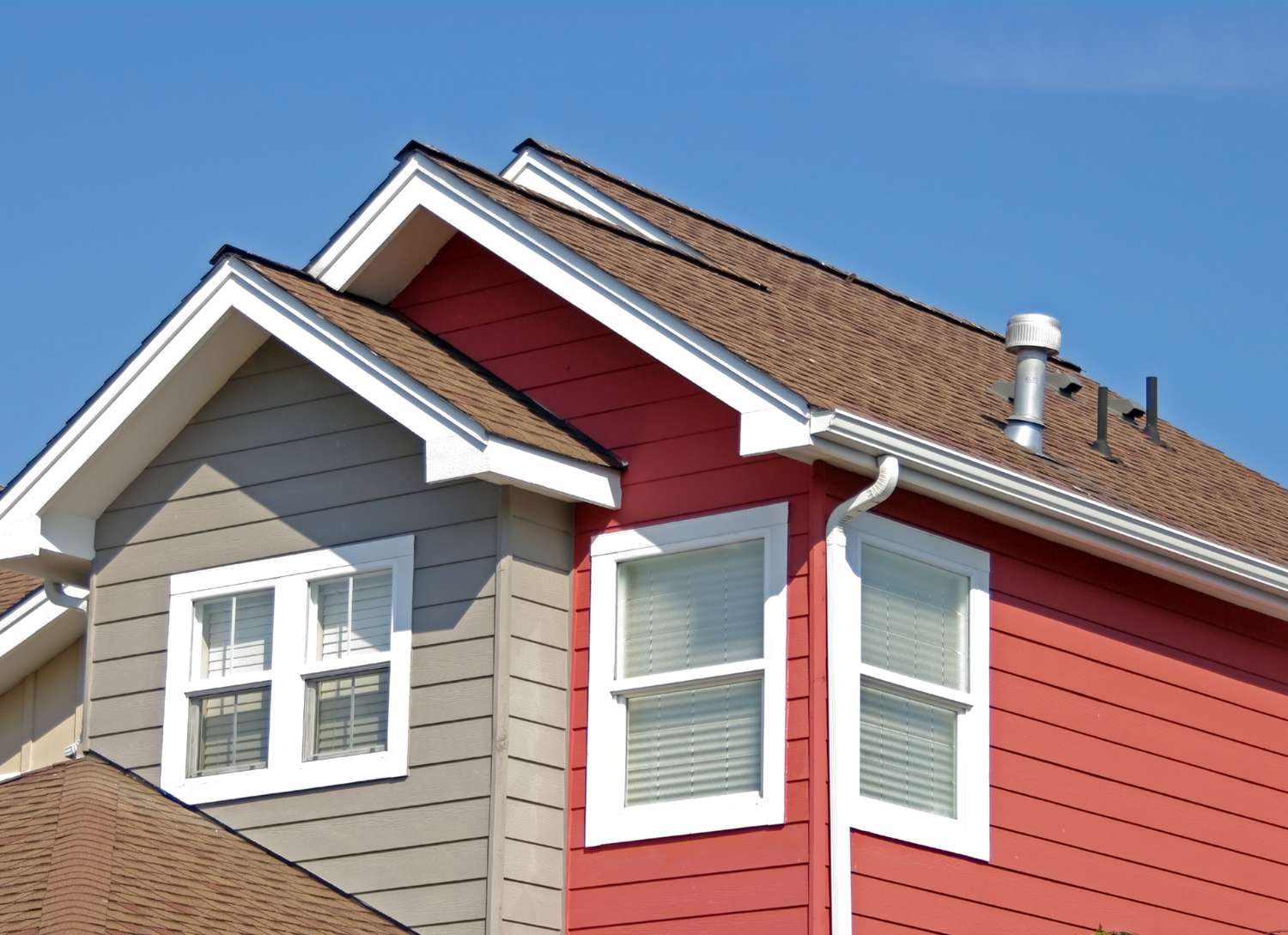
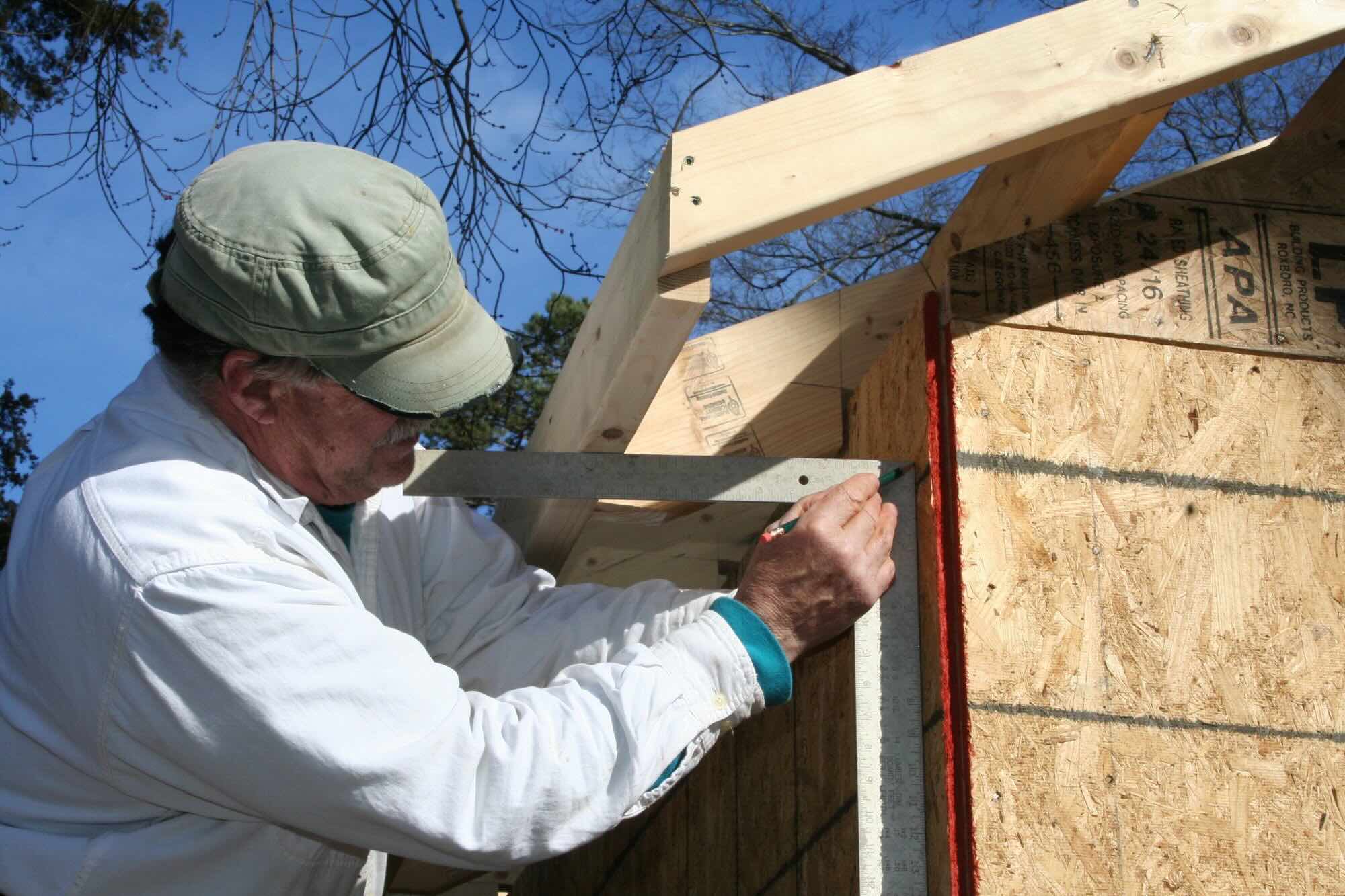
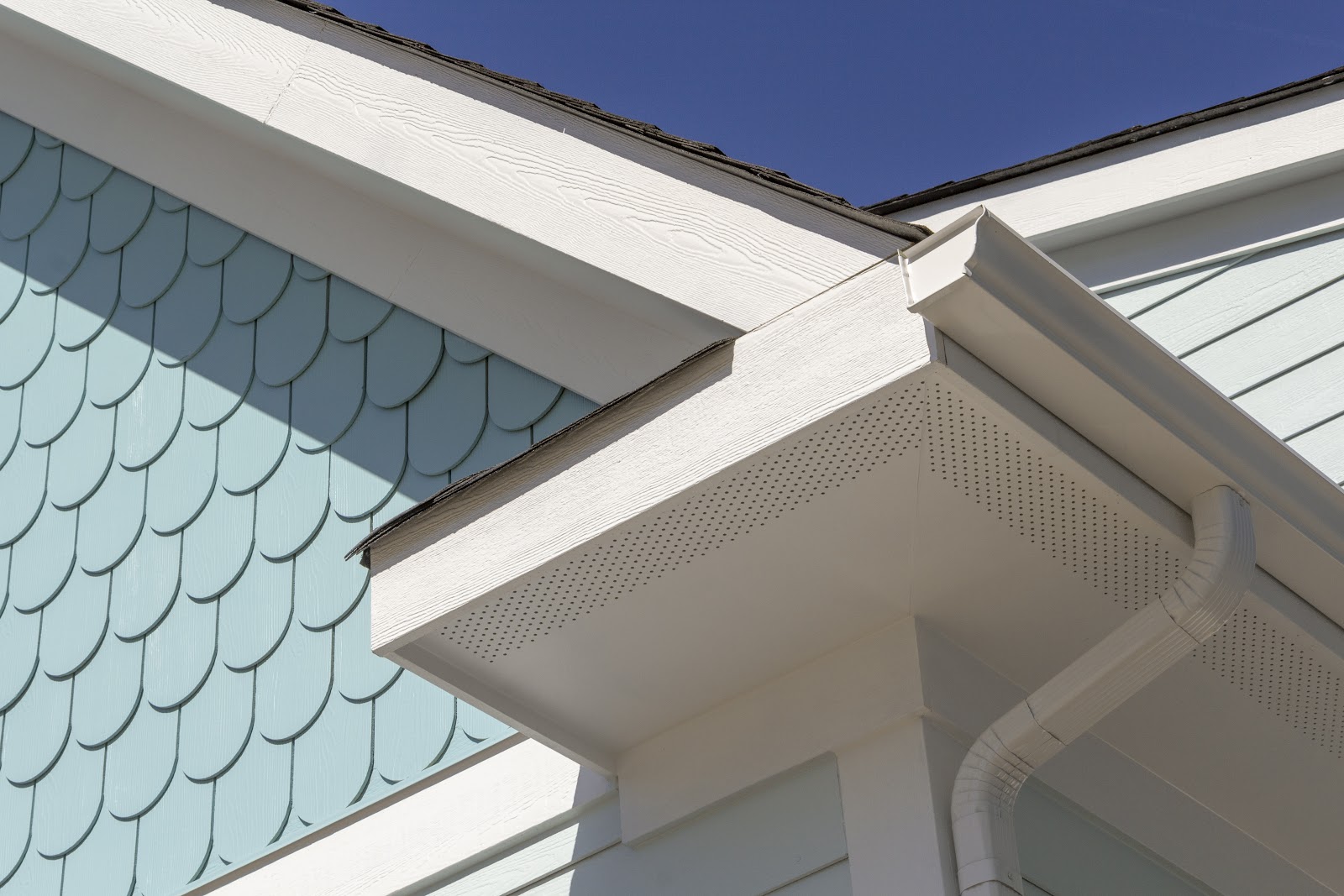
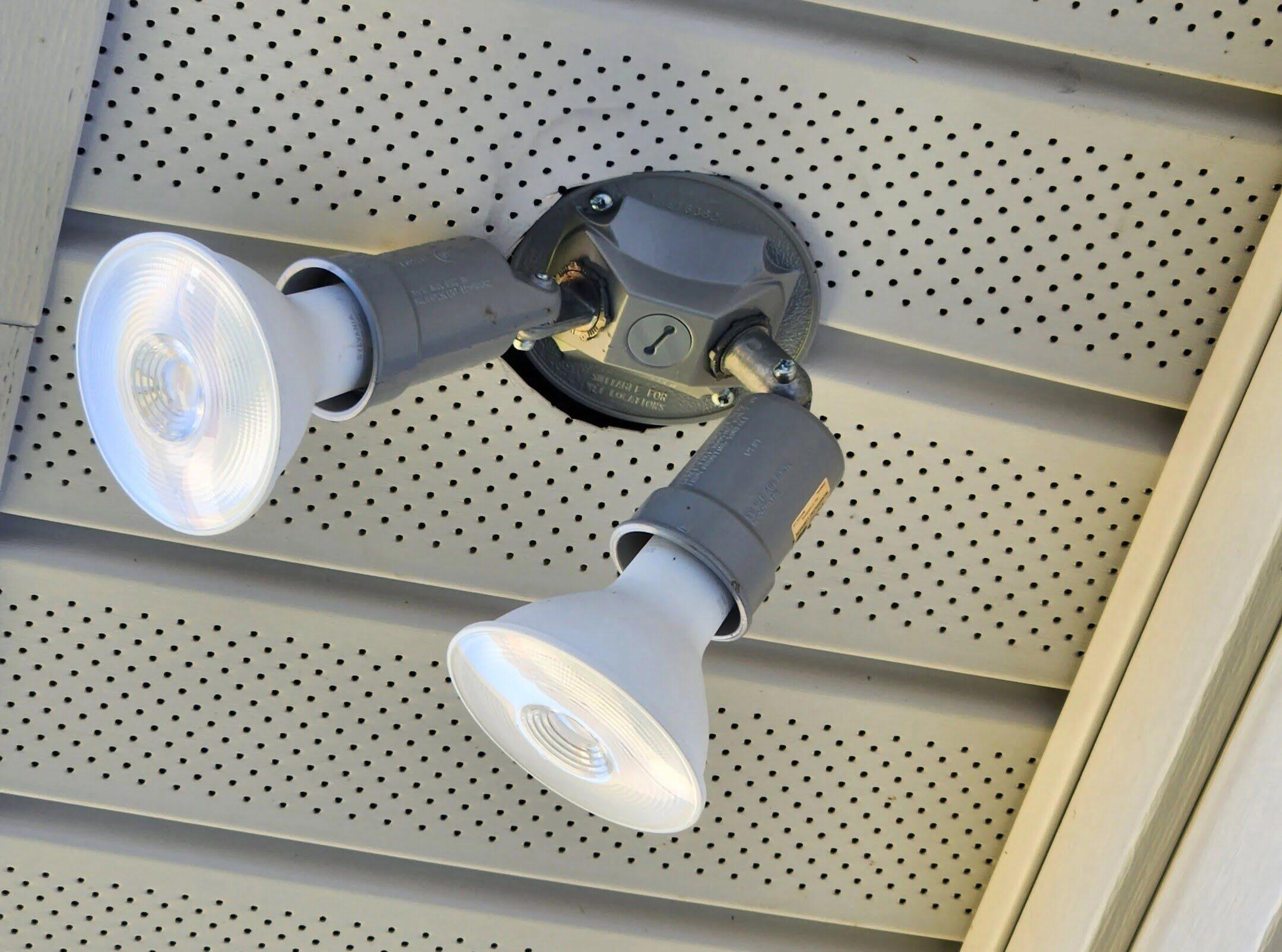
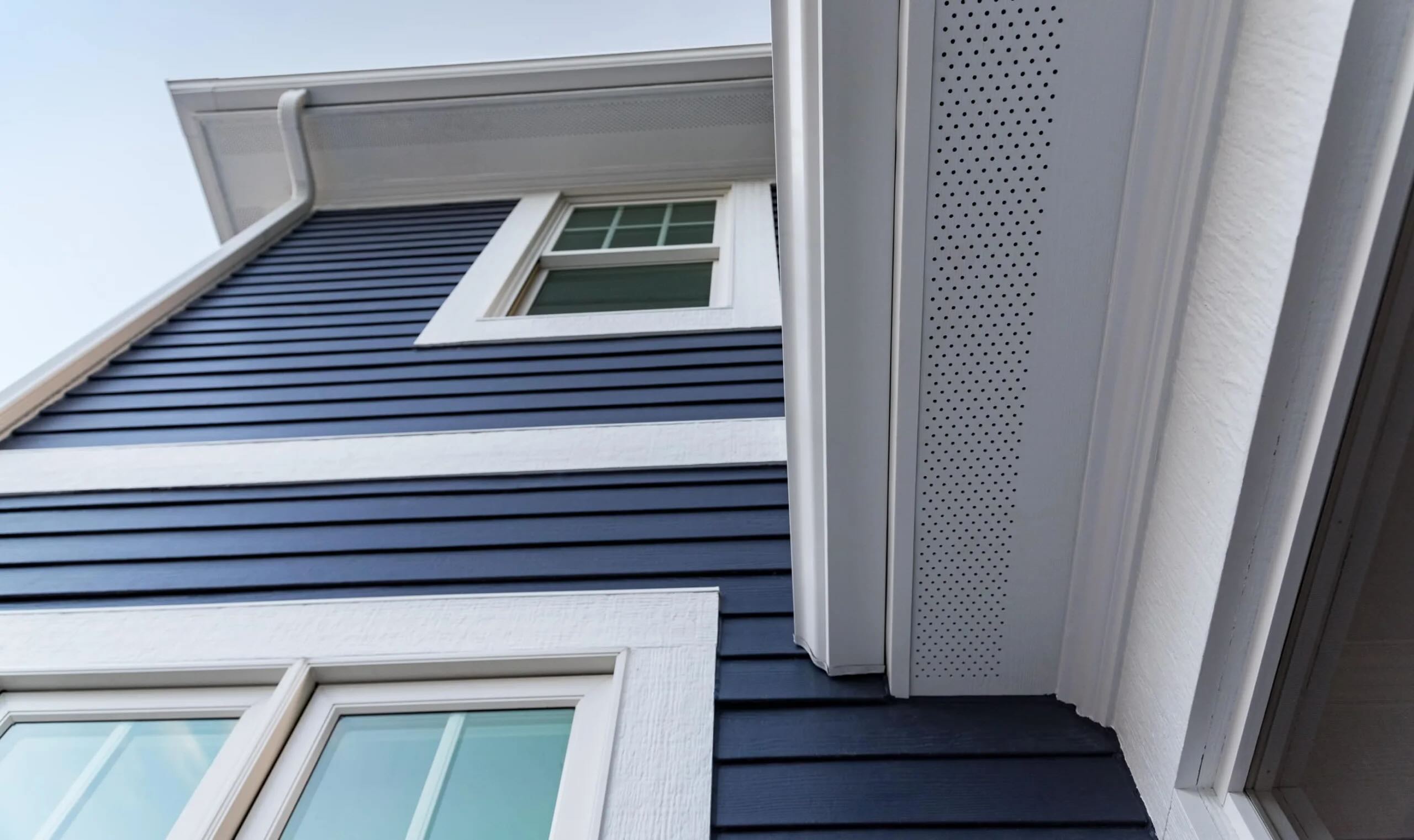
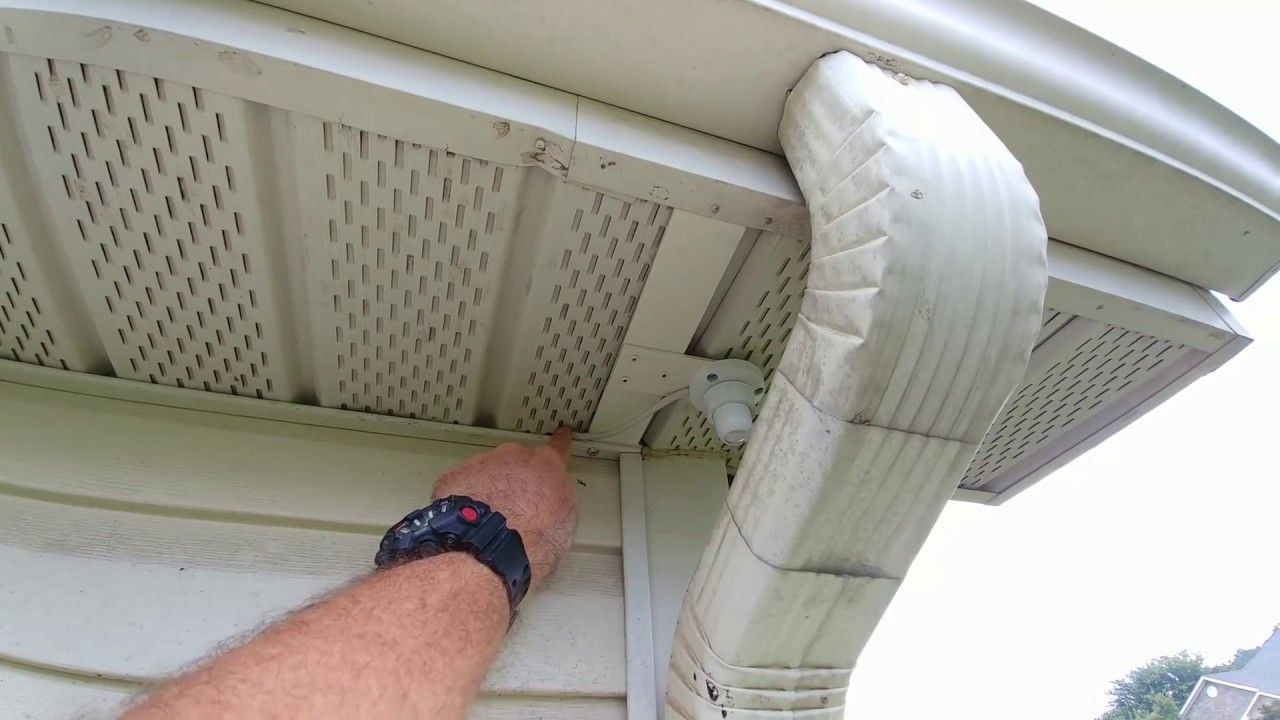
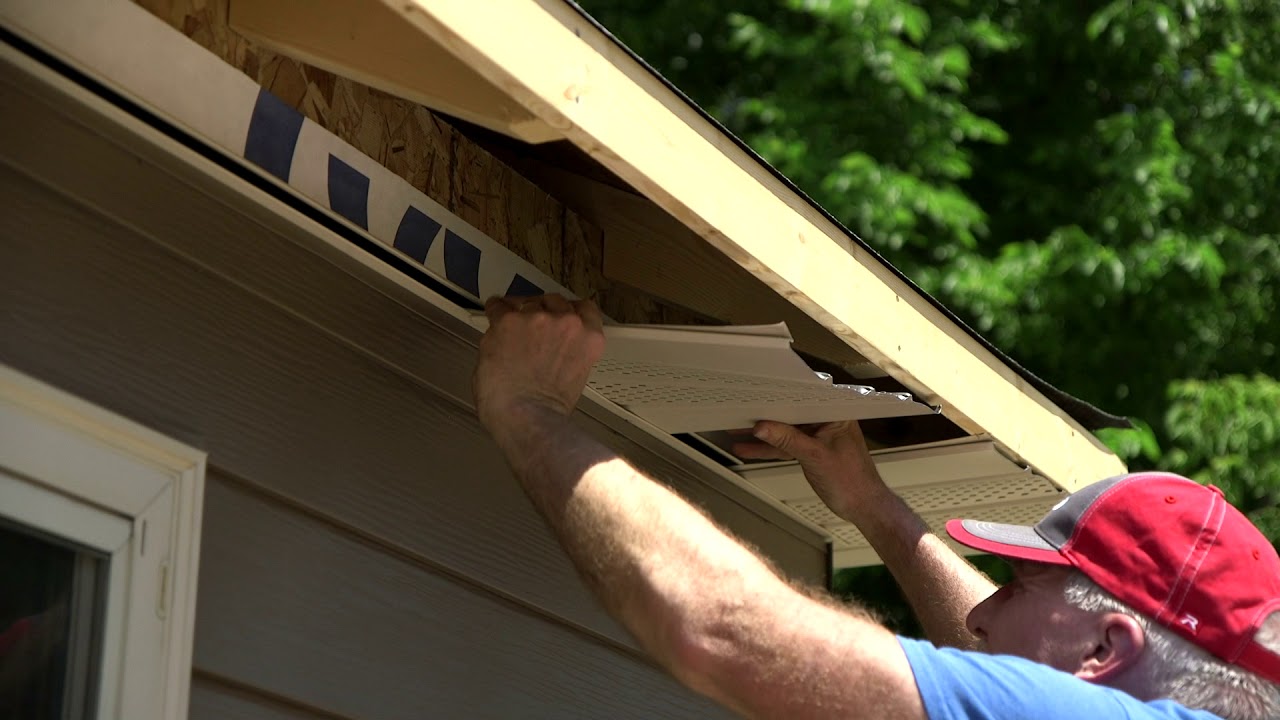
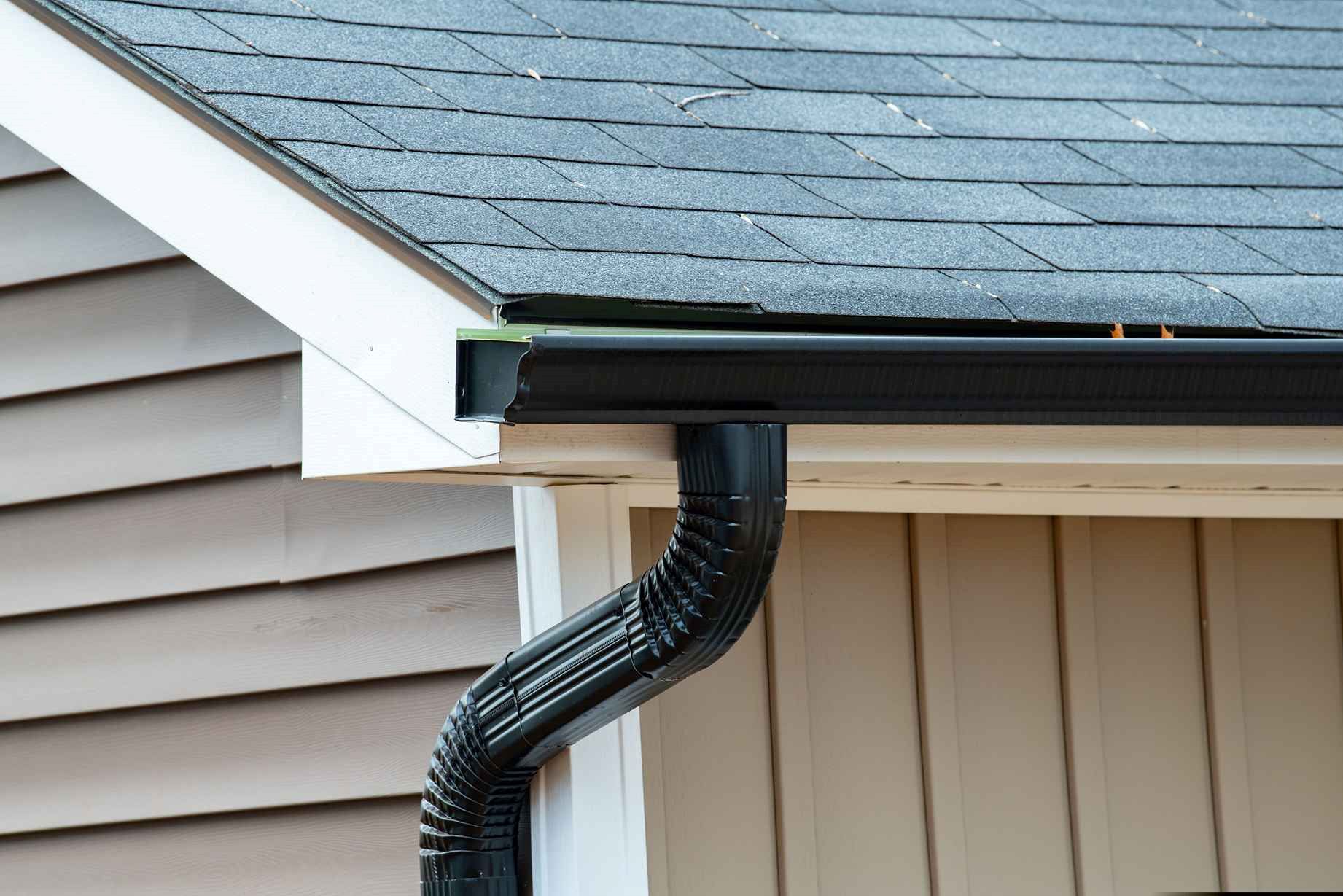
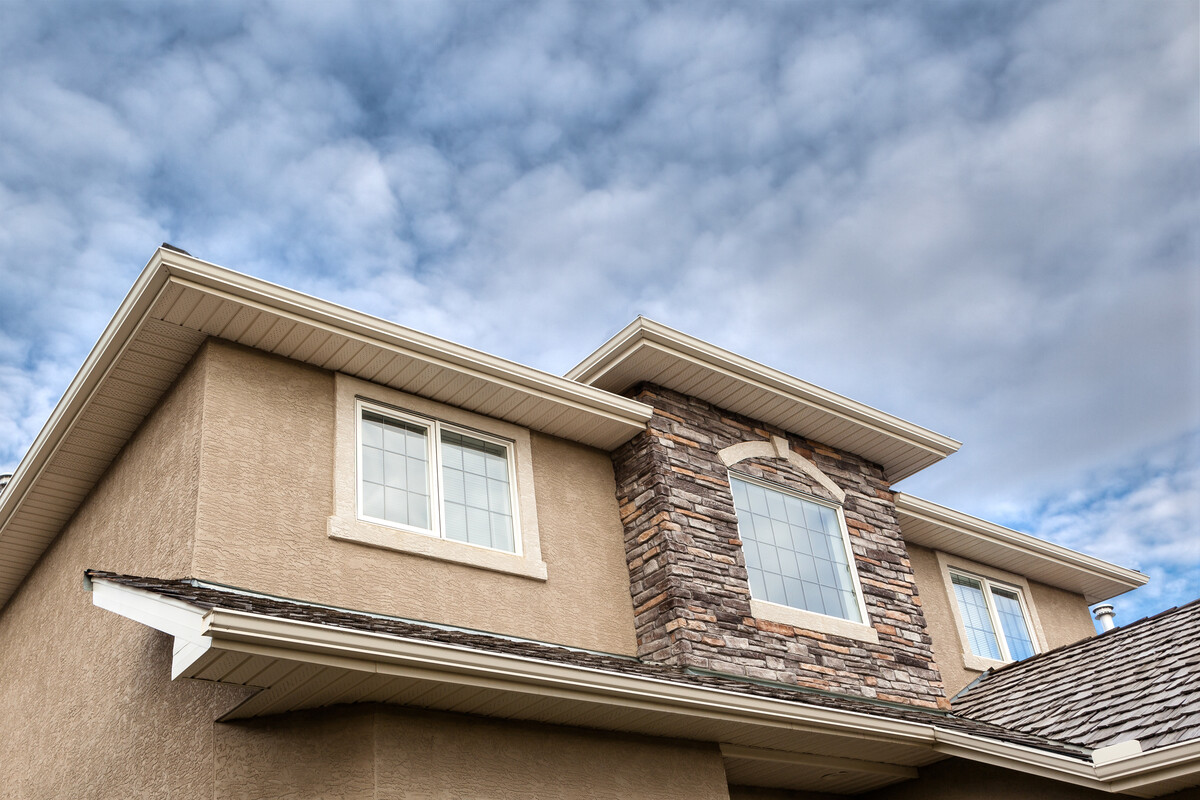
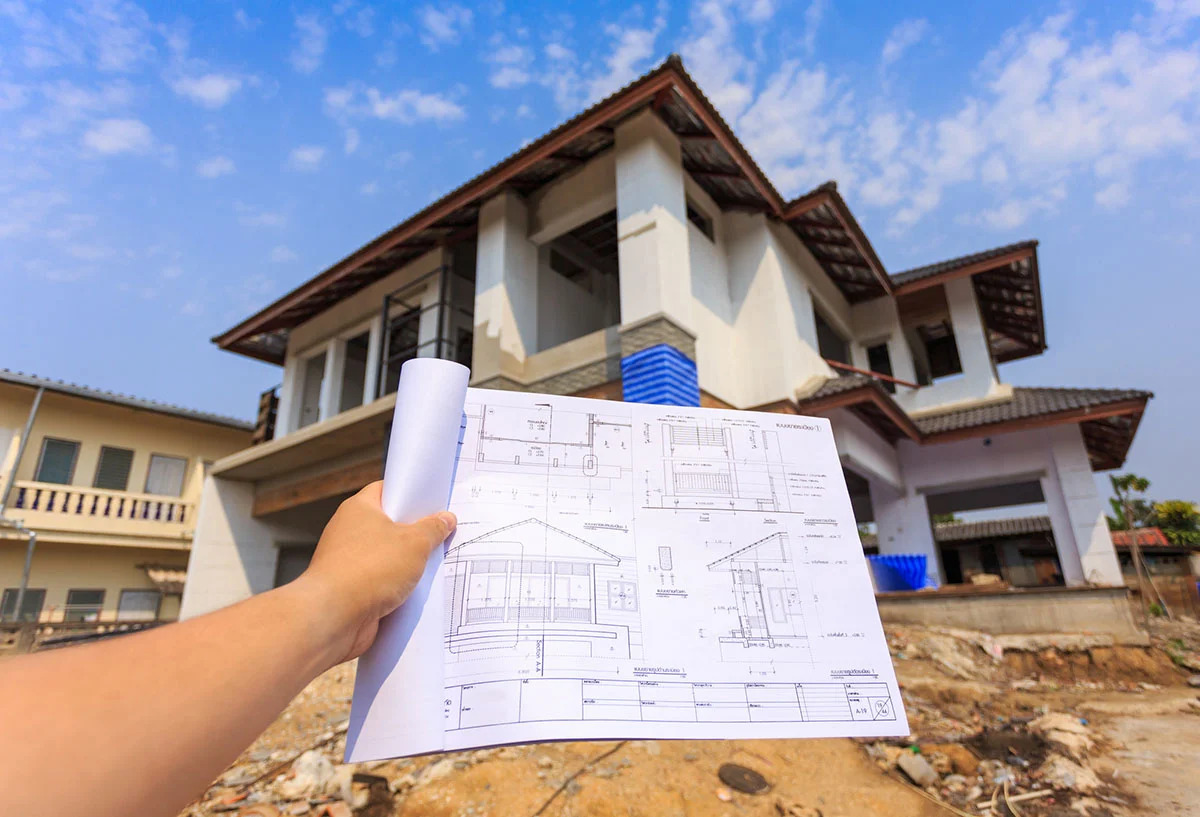
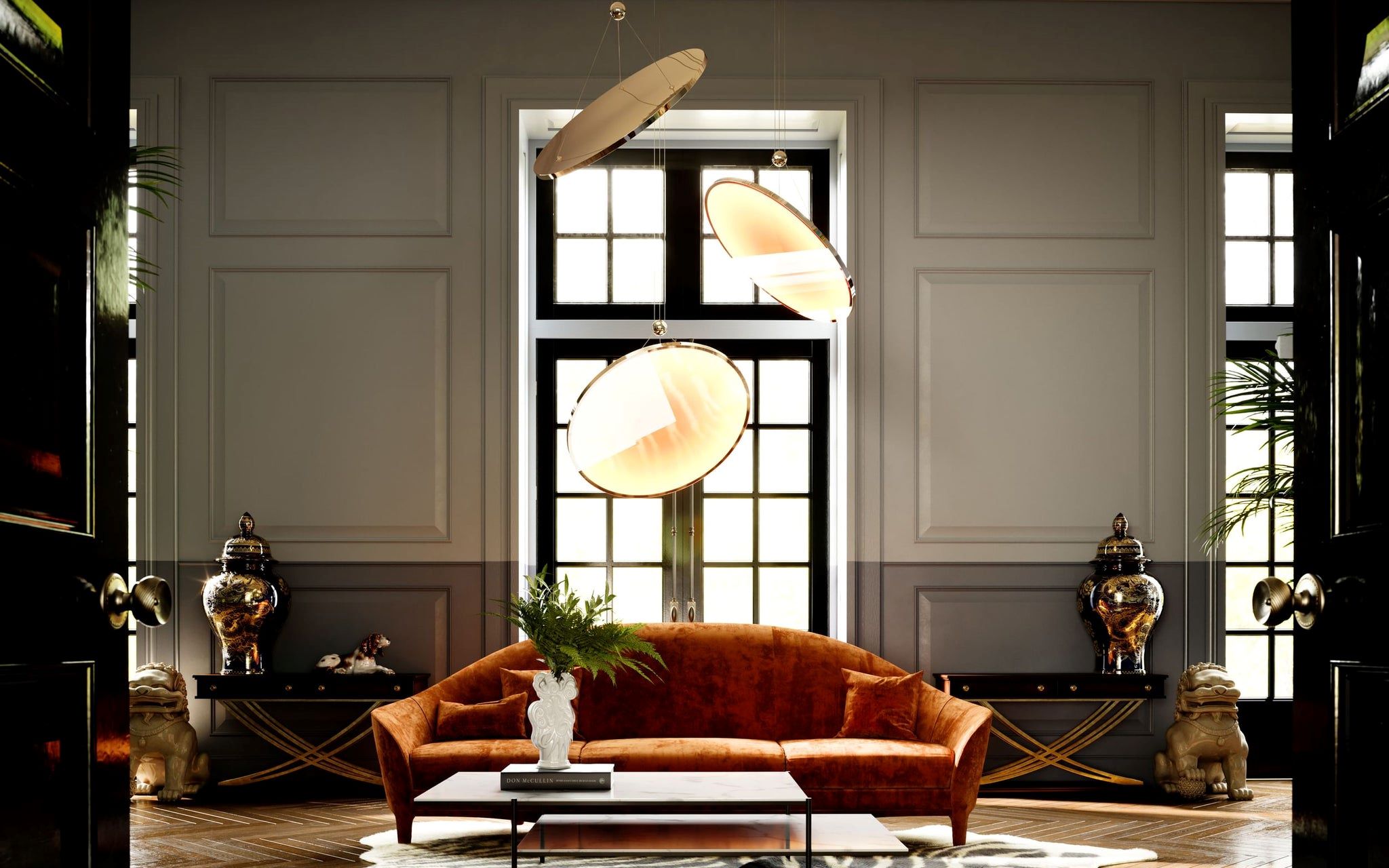
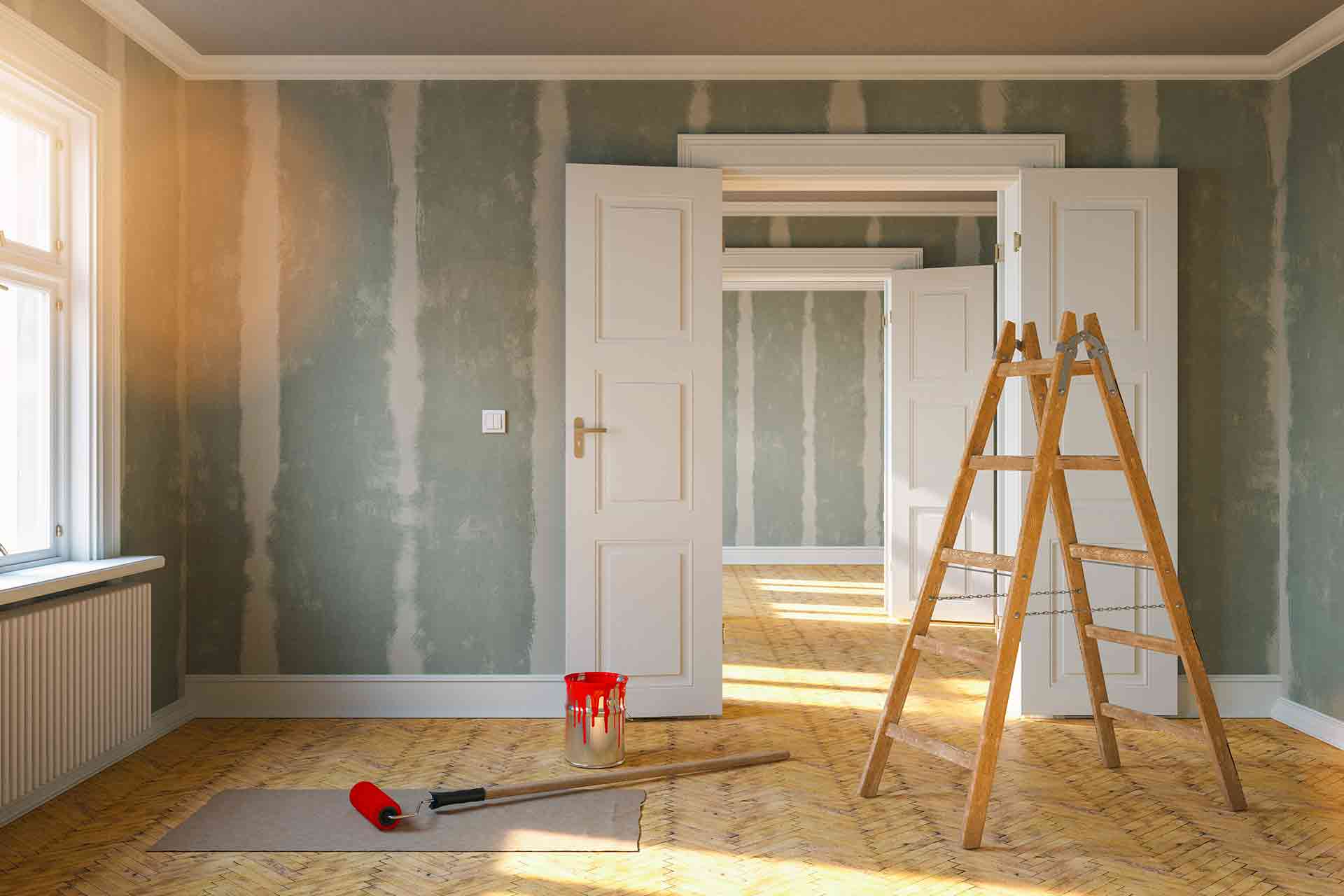

0 thoughts on “What Are The Eaves Of A House?”